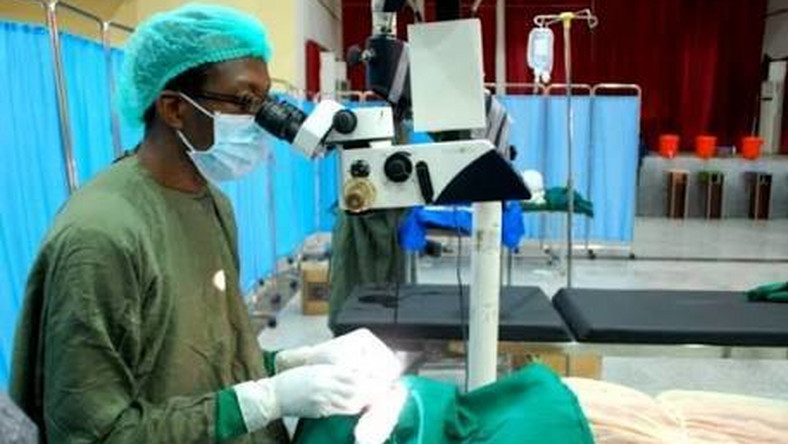New Study: Multiple Quilted Face Mask Most Effective To Prevent COVID-19 Spread

A new study says the best face mask that offers protection against the coronavirus pandemic also known as COVID-19 should be well-fitting and contain multiple layers of quilted fabric.
The research, carried out at the Florida Atlantic University, Boca Raton, United States, was done using laser visualization experiments to demonstrate the effectiveness of home-made masks of various designs and how good they are at inhibiting the transfer of air-borne droplets from coughs and sneezes.
According to the research published in Physics of Fluid, a peer-reviewed scientific journal covering fluid dynamics, home-made masks are roughly as good at preventing the spread of infection as commercially produced cone-shaped masks.
The study authors said for those hoping that fabrics with higher thread counts produce more effective coverage, the visualizations suggested otherwise, adding “The tested mask with the highest thread count was the bandanna, which was the worst at impeding the travel of droplets.
They noted that due to the scarcity and cost of medical-grade face masks, many people use homemade masks to avoid spreading or contracting COVID-19, adding that there is relatively little official guidance about which mask designs provide the strongest barriers to infection, thus, leading amateur mask-makers to improvise.
SEE ALSO: ALERT: Police Set To Begin Massive Arrest Of Face Mask Violators
Lead author, Siddhartha Verma, an assistant professor at FAU, said:
“While there are a few prior studies on the effectiveness of medical-grade equipment, we don’t have a lot of information about the cloth-based coverings that are most accessible to us at present.
“Our hope is that the visualizations presented in the paper help convey the rationale behind the recommendations for social distancing and using face masks.”
The researchers explained that they used a laser sheet setup, commonly employed to study liquid mechanics, to observe the behavior of airborne respiratory droplets that could, outside the lab, contain COVID-19.
They said as the droplets were “coughed” and “sneezed” from the head of a mannequin, they mapped their trajectory.
“The main challenge is to represent a cough and sneeze faithfully. For the setup, we have used a simplified cough, which in reality is complex and dynamic,” Prof. Verma explained.
He likewise, compared visualizing the airborne droplets to observing dust particles in a beam of sunlight.
The leader author said, nonetheless, the research established that “Without face masks, droplets were projected up to 12ft from their source, well beyond the often-employed 6-ft social distancing margin. The average distance was 8 ft. He stated further:
SEE ALSO: CDC: Why Kids Under 2 Don’t Need Face Masks
“The droplets hung in the air for up to three minutes before falling. Commercially produced, off-the-shelf cone masks reduced the average droplet projection to just 8 inches (in), though the researchers saw significant leakage of droplets from the tops and sides of these masks.
“Simple homemade face masks somewhat reduced the forward projection of droplets. However, they also exhibited significant side and top leakage.
“When the team tested a bandanna made from elastic T-shirt fabric, the average forward travel was 3 ft, 7 in. When they used a folded cotton handkerchief mask, it was 1 ft, 3 in.”
Prof. Verma acknowledged that while further quantitative analysis is warranted to confirm his team’s observations, the visualization technique was nonetheless instructive.
He also said it is important to understand that face coverings are not 100 per cent effective in blocking respiratory pathogens.
“This is why it is imperative that we use a combination of social distancing, face coverings, hand washing, and other recommendations from healthcare officials until an effective vaccine is released. The most effective homemade masks were constructed of stitched layers of cotton quilting.
These reduced the forward travel of droplets to just 2.5 in, a shorter distance than the researchers observed with commercial face masks.“
The study concluded that it is important to note that COVID-19 may become aerosolized into fine airborne particles and that the present research did not document the behavior of such particles.
READ ALSO: 5 Tips To Beat COVID-19 In The Workplace- Wellness Advocate, Toyin Saraki
However, Prof. Verma, said his team is interested in continuing their study and incorporating factors that affect the real-world dissemination of respiratory droplets, such as evaporation, ambient airflow, and properties of respiratory fluids that may impact their behavior when airborne.
Source: HealthWise.com


